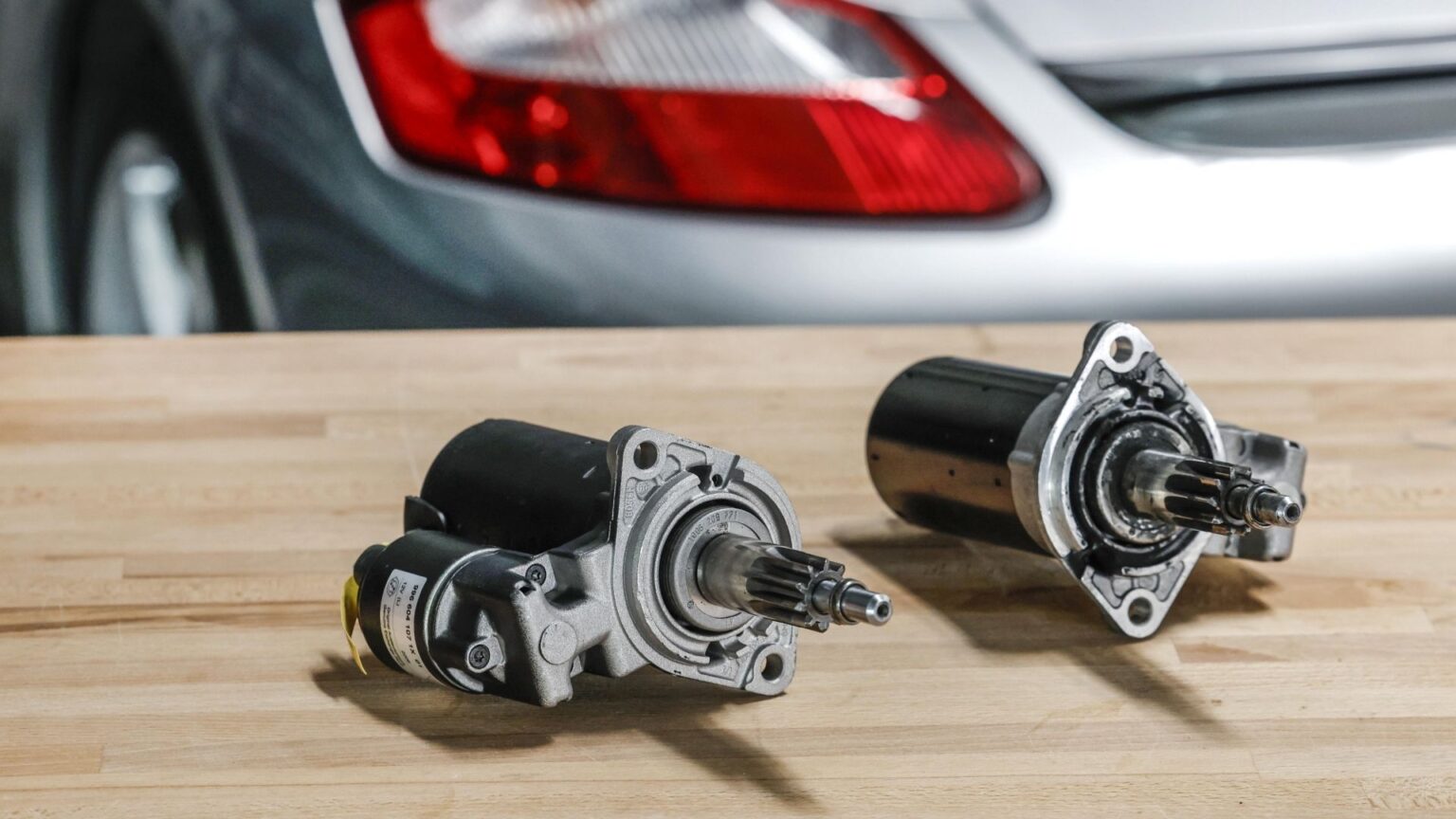There’s a very good chance the new starter motor, alternator, drive axle or even engine you just bought for your vehicle isn’t actually new. Components like these – and many others – are commonly rebuilt, meaning old parts are torn down, completely cleaned, and remanufactured to be as good as new. This saves time, energy, and is typically more affordable than buying truly brand-new parts. After all, a starter’s housing, the windings inside an alternator, or even the shaft portion of a constant-velocity axle are durable and completely reusable. To simply discard these components would be a total waste of resources. Taking this age-old idea and running with it, Porsche is working to remanufacture more and more defective components.
Engineering With Remanufacturing In Mind
A new “cross-departmental pilot project” at the German sports car manufacturer is looking to expand the reuse of defective components… after they’ve been completely refurbished to like-new condition, of course. Not just a cost-saving measure, the goal here is to also improve sustainability while bolstering the availability of Porsche’s spare parts supply.
Following a professional rebuilding, each component is thoroughly tested, undergoing the same rigorous quality and safety proofs that any new part is subjected to.
But the automaker is moving far beyond merely rebuilding broken or defective components for reuse later. “Remanufacturing is to be integrated into Porsche’s development processes for vehicle projects in order to take specific requirements for the reusability of selected components into account as early as the product development process,” the company shared in a media release. This change is intended to improve sustainability by allowing as many parts as possible to be remanufactured. After all, why invest in the materials, molds, and energy needed to cast, say, new alternator housings when you can reuse existing ones that are perfectly fine after a good cleaning and thorough inspection?
Porsche is already remanufacturing parts from around 20 different vehicle component groups, items that go far beyond the core items mentioned earlier including refurbished navigation computers and transmissions. Of course, all remanufactured components “meet the same quality and safety standards as a comparable new part,” so these parts perform as well as anything fresh out of the factory.
Beyond all this, to make an even more impactful difference, the company is working to engineer more and more vehicle components to be remanufacturable (wait, is that a word?). Areas of focus include motors for charging doors and rear spoilers, headlamps, and electronic control units.
“Remanufacturing of components is an important future field for Porsche,” said Albrecht Reimold in a media release. He’s the member of the automaker’s executive board that’s responsible for production and logistics. “We want to further increase the proportion of components suitable for remanufacturing in the future,” he added, “to fulfill our responsibility to the environment and our aspiration to conserve resources, but also to offer our numerous customers with classic and vintage vehicles good spare parts availability in the long term.”
Much More To Come
Making this a reality, Porsche explains that defective components that have specific reconditioning processes are transferred to special facilities that do refurbishing work. This is often done by the original manufacturer, folks that should know the intimate details of these parts.
Following a professional rebuilding, each component is thoroughly tested, undergoing the same rigorous quality and safety proofs that any new part is subjected to. After that, these components are shipped back to Porsche dealerships, so they can reenter the vehicle fleet.
Rebuilding common vehicle components has been going on for more than a century, so Porsche’s idea here is nothing new. Still, it’s refreshing to see an automaker emphasize this in a significant way to help improve sustainability and so drivers can keep their vehicles running right for many years to come.
Read the full article here


